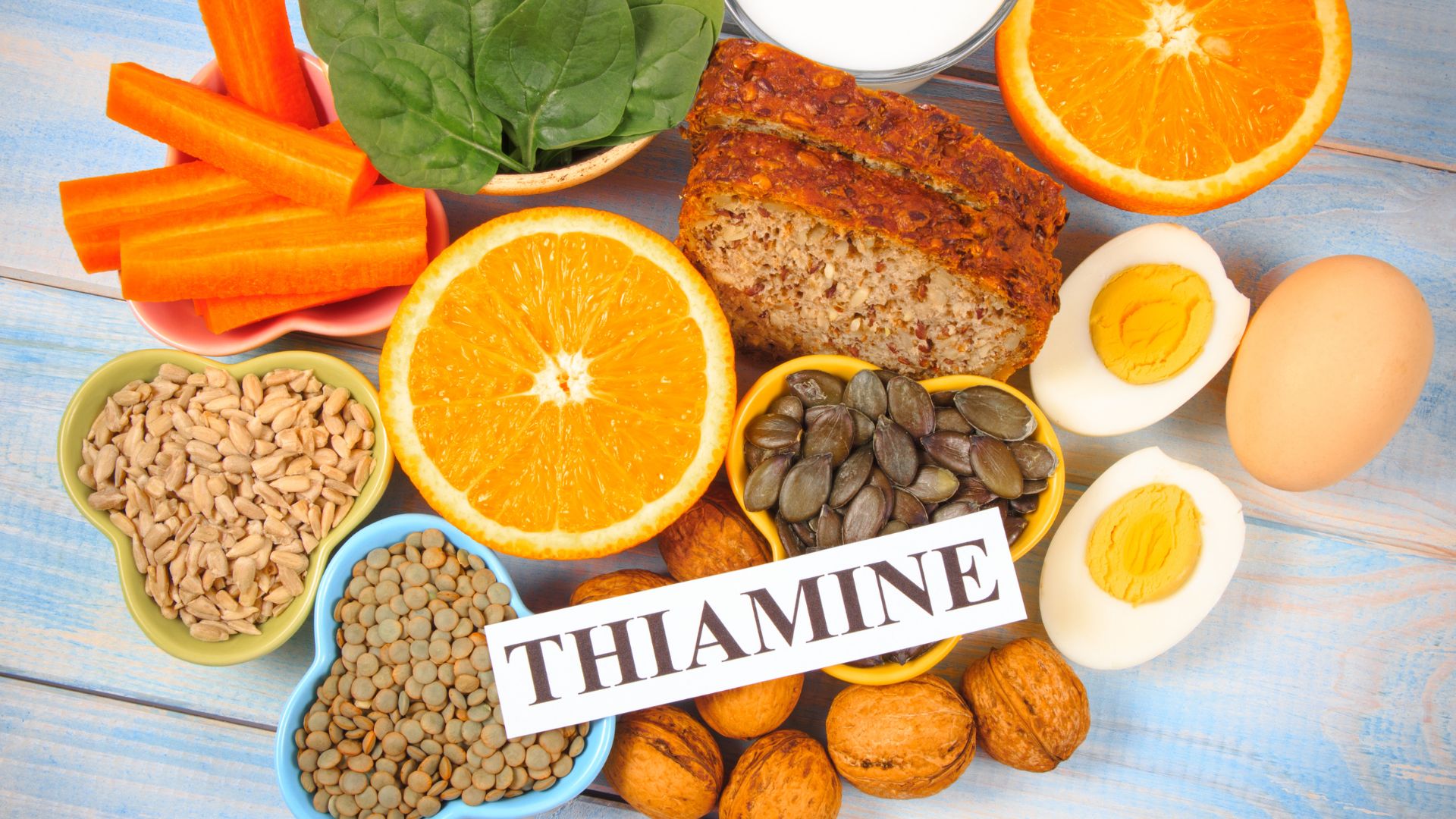Currently Empty: $0

Food Science & Technology Quiz (12-06-2022)
Q1. Thiamin reduces by about _____ during heat processing.
- 30%
- 40%
- 50%
- 60%
ANSWER: C. 50%
- Explanation – Thiamin reduces by about 50% during heat processing. Vitamin C levels measured immediately after heat processing ranged from 15 to 45 percent of the fresh product in some cases, and these values dropped further during storage. During heat processing, thiamin was reduced by around 50%, and after a year of storage, it was reduced to between 15 and 40% of its original amount. During processing, riboflavin levels dropped by 12 to 15%, but after a year, they were back to roughly 50% of their original levels. Niacin was more stable than riboflavin, with initial losses of 15 to 25% but significantly less loss during storage.
READ MORE – Food Science & Technology Quiz (12-05-2022)
Q2. If the vitamin content of the drippings is taken into consideration, ______ are stable during the cooking of meat.
- Riboflavin
- Niacin
- Vitamin B12
- All of the above
ANSWER: D. All of the above
- Explanation – B-vitamin stability changes greatly during heat processing and frying of meats. Cooking conditions have a significant impact on stability, and roasting temperatures are linked to thiamin retention in beef and pig. When the vitamin content of the drippings is considered, riboflavin, niacin, and vitamin B12 are often found to be stable during the cooking of meat. Pantothenic acid losses in cooked meat are typically less than 10%, although substantial folate (both free and total) losses of over 50% have been seen in pig, beef, and chicken that had been boiled for 15 minutes.
READ MORE – Food Science & Technology Quiz (07-05-2022)
Q3. _______ are the most sensitive to irradiation.
- Vitamin A
- Vitamin E
- Vitamin K
- All of the above
ANSWER – D. All of the above
- Explanation: Irradiation is most sensitive to fat-soluble vitamins A, E, and K, as well as water-soluble thiamin, although niacin, riboflavin, and vitamin D are rather stable. Vitamin evidence is mixed, with some foods showing large losses and others showing nearly none. If nutrition claims for irradiated foods are to be made, research on the content and stability of vitamins following treatment with ionizing radiation is required.
READ MORE – Food Science & Technology Quiz (04-05-2022)
Q4. Losses of thiamin during the commercial baking of white bread are between?
- 5-10%
- 10-15%
- 15-20%
- 20-25%
ANSWER: C. 15-20%
- Explanation: Between 15 and 20% of thiamin is lost during the commercial baking of white bread. A portion of this loss is due to yeast fermentation, which can convert thiamin to cocarboxylase, a less stable form of the vitamin. Because sulphite cleaves thiamin, it is extremely sensitive to sulphites and bisulphites. This reaction occurs quickly at high pH and is the cause of significant vitamin losses in sulphite-blanched vegetables and meat products like comminuted meats where sulphites and bisulphites are used as preservatives.
READ MORE – Food Science & Technology Quiz (03-05-2022)
Q5. The term ‘niacin’ is generic for?
- Nicotinic acid
- Nicotinamide
- Niacinamide
- All of the above
ANSWER: D. All of the above
- Explanation – In foods, the name ‘niacin’ refers to both nicotinic acid and nicotinamide (niacinamide). Both forms have the same vitamin activity, are found in a wide range of foods, and can be purchased as commercial isolates. Niacin can be found in the meat and liver of hoofed animals, as well as various plants. Niacytin, which is bound to polysaccharides and peptides in the outer layers of cereal grains and is unavailable to a man unless treated with a little alkali, is present in maize and several other cereals.
READ MORE – Food Science & Technology Quiz (11-06-2022)

 0
0

